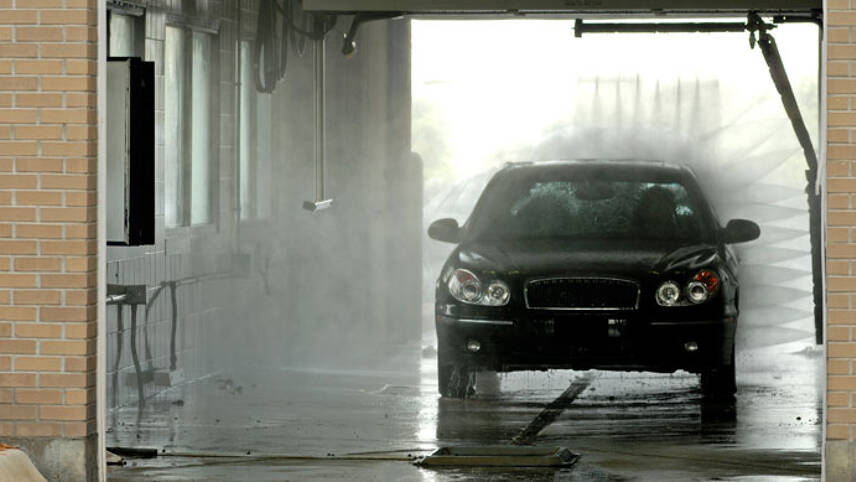Member only content free until 26/05/2024
To continue reading this article and enjoying free access to all Utility Week’s content up to the 26/05/2024 Register today!
Ready to become a member?

Schemes to help businesses use less water dominate the latest round of innovation funding from the non-household sector’s Market Improvement Fund.
Of the seven projects to be awarded funding, five focus on engaging with customers and encourage them to conserve water. A total of £750,000 was distributed among the entries during the third year of the fund.
Markus Lloyd, MOSL’s head of market performance, said: “We are thrilled with the projects approved for this round of the Market Improvement Fund.
“The fund provides a platform for innovators to conduct pilots, undertake research and test potential solutions to problem areas in the market that aim to make it better for customers and the environment. The projects are excellent examples of innovation in the market and we look forward to seeing what they produce.”
The successful projects were:
- Identifying opportunities to strengthen engagement with business customers, proposed by Business Stream and Yorkshire Water to find ways for retailers and wholesalers to better engage with businesses navigating how to reduce their consumption.
- Waterwise and Wave will review how much appetite there is among retailers, wholesalers and businesses for incentive schemes aimed at encouraging businesses to fit and use water efficient products.
- A trial by Southern Water and Wizso of whether tablets that neutralise the smell and colour of urine would change behaviour around toilet flushing. The tablets could save water by not needing to flush as much. The study would assess how much the tablets are used in four locations, how much water was saved and whether it impacted behaviours around flushing.
- Waterscan, together with the Water Research Company and Waterwise, proposed a water management framework for the sector based on preexisting ISO standards for certifying efficiency systems. It aims to unlock barriers that currently hinder wider adoption of the ISO.
- Work by Wave Utilities will explore ways to cut the amount of water used in Legionella monitoring by 80% by using remote flow and temperature sensing technology instead.
Other schemes included MOSL’s proposal to add a feature to the non-household water website for customers to search for their retailer by entering postcode or meter identification number.
Meter reading issues and accessibility challenges will be addressed in Sagacity’s Read to Read work that will use AI to convert text from free text fields in the CMOS operating system into actionable, meaningful metrics.




Please login or Register to leave a comment.